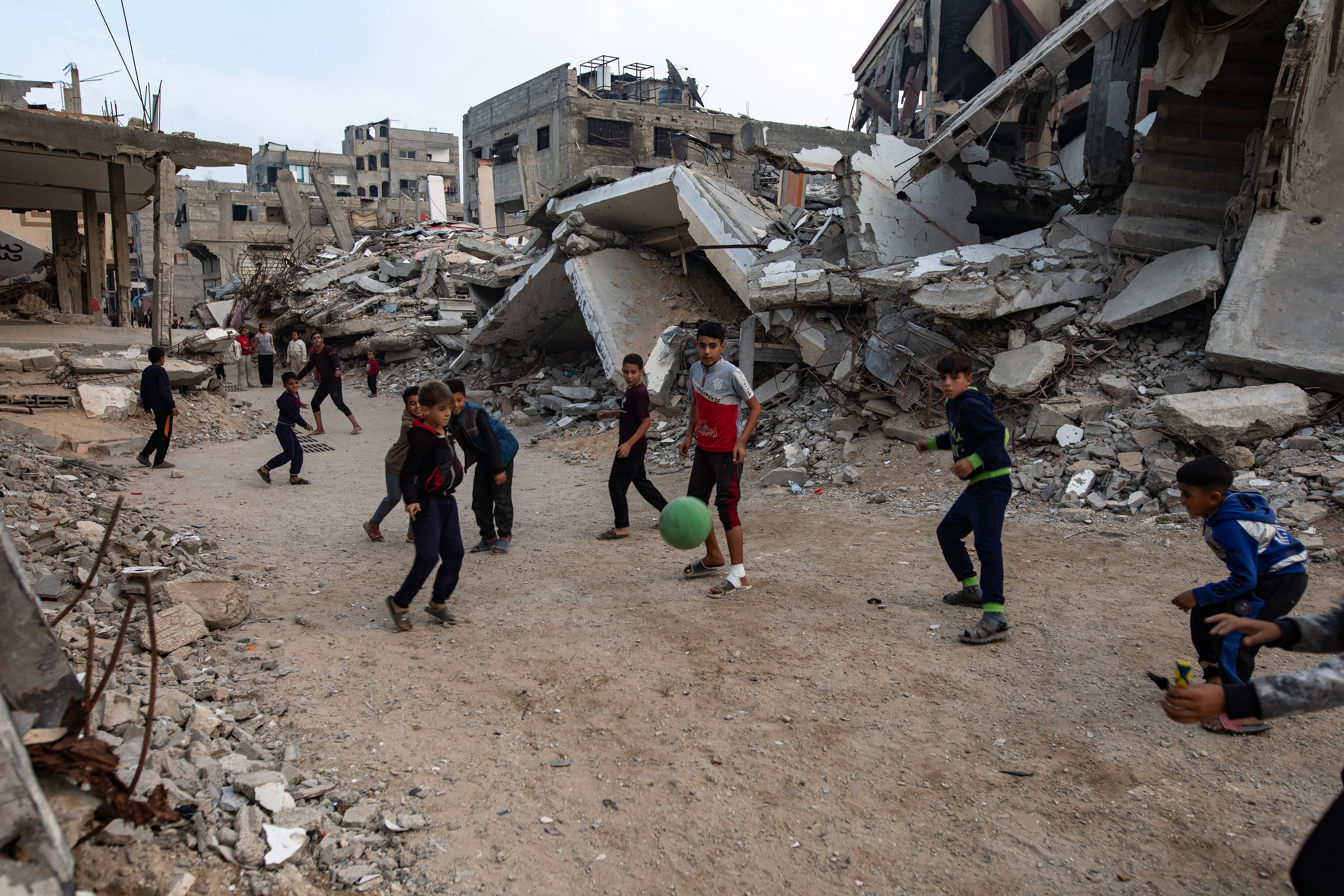Israel’s ongoing West Bank military operation is said to be the largest since 2002.
The Israeli assault force consists of army brigades, border police units, war planes, helicopters, drones and bulldozers. The main targets are Islamic Jihad affiliated al-Quds (Jerusalem) brigades in Palestinian cities and refugee camps in Jenin, Tulkarem and Tubas.
Palestinian sources quoted by Wafa, the Palestinian news agency, reported 17 people killed, 30 injured and dozens of arrests since the operation began on Wednesday.
Among those killed was Mohammed Jaber, a senior Islamic Jihad Tulkarem commander who was on Israel’s wanted list for more than a year.
READ MORE
Writing in the liberal Israeli daily Haaretz, Amos Harel said the fighting is “the most intense since the Second Intifada ended in 2006″ and warned that the current explosive mixture is bringing the West Bank “to the boiling point again”.
During Israeli security crackdowns in recent years, more than 20 Palestinian armed factions have emerged in the West Bank. Two are affiliated with Hamas, five with Fatah, nine with Islamic Jihad and one – the Lion’s Den in Nablus – is independent.
The US-based Armed Conflict Location and Event Data Project has reported that in the year before the Gaza war began in October 2023, there were “more than 500 incidents of violence against Israel’s security forces and settlers” in the West Bank.
It also said that Gaza-based Hamas and Islamic Jihad encouraged their West Bank affiliates to target Israeli forces.
While the attacks have continued, Palestinian fighters have been largely engaged in defence against nearly daily Israeli military assaults and incursions into West Bank cities and refugee camps since the Gaza war began. But because the militant groups have weak command structures and are poorly trained and lightly armed, they are no match for Israel’s regular forces, which are supported by tanks and aircraft.
While the latest operation is extensive, there is no comparison with Israel’s five-week Defensive Shield offensive in the West Bank in 2002. This was the largest Israeli military operation since the 1967 occupation of the West Bank, East Jerusalem and Gaza. The offensive was conducted throughout the West Bank rather than focusing on the north of the enclave, as does the current operation.
Following a spate of Palestinian attacks on Israelis, the West Bank offensive began on March 29th with an incursion into Ramallah where Israeli troops besieged Palestinian leader Yasser Arafat’s compound.
Ariel Sharon, then prime minister, sent troops into Tulkarem, Qalqilya, Bethlehem, Jenin, and Nablus with the objective to capture or kill Palestinian fighters.
During the battle, the UN reported 487 Palestinians were killed, 1,447 wounded and 7,000 detained, including 396 suspected fighters. Thirty Israeli troops were killed and 127 wounded.
Israeli commandos backed by helicopters stormed Jenin refugee camp on April 1st. Following days of fierce battles, armoured bulldozers razed the camp before Israeli troops withdrew on April 18th. More than 50 Palestinians and 23 Israeli soldiers were killed during the operation. When displaced residents and journalists entered a day or two later, they found complete devastation.
The most dramatic event of the 2002 offensive was the Israeli army’s siege of the sixth century Orthodox Church of the Nativity in Bethlehem, which lasted from April 2nd until May 10th.
Israel’s objective was to capture the Palestinian fighters sheltering alongside the scores of civilians who had taken refuge in the church compound, which was home to 200 monks. The siege was lifted and the church evacuated when negotiators arranged for fighters to be sent to Gaza or exiled to Italy and Spain.
- Listen to our Inside Politics Podcast for the latest analysis and chat
- Sign up for push alerts and have the best news, analysis and comment delivered directly to your phone
- Find The Irish Times on WhatsApp and stay up to date
















